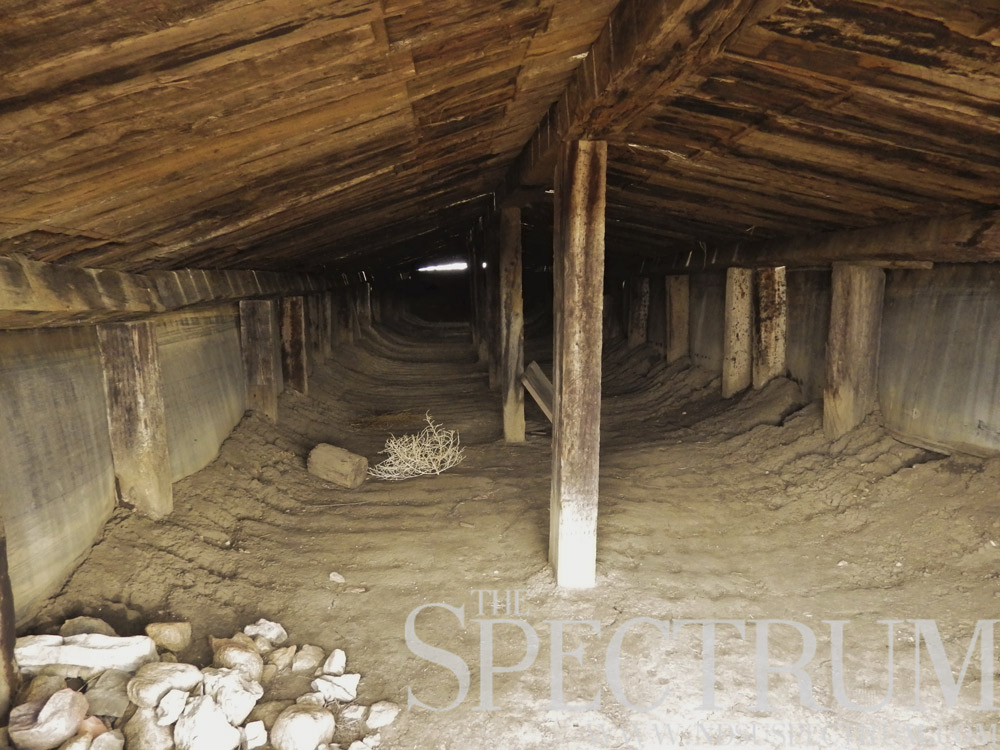
Pickled cabbage was the namesake for a defensive sod fort built in 1890 near Hebron, N.D. The fort was perhaps the most extreme reaction to rumors of Sioux sweeping west from the Standing Rock Reservation, though no attacks ever came.
While a band of Sioux did leave the reservation that November, half-starved and dispossessed, they had not “broken out,” as telegraph reports of the time said. But the settlers of west river North Dakota heard and believed otherwise and took action.
Almost immediately, the settlers stopped their farm labor. Men sent their wives and children by train to Bismarck. Young men rode across the prairie spreading the word of the impending Sioux attacks. Livestock were cut loose to fend for themselves. Wagon loads of people, including women, children, the elderly and the sick and even poultry, sped east across the rugged prairie to escape the coming Sioux.
Meanwhile, the rumors of Sitting Bull and his 6,000 painted warriors racing across the plains to kill anyone in their way forced Hebron settlers to fortify their community. Estimated to be in the middle of the Siouxs’ “warpath,” the settlers, led by two Indian military campaign veterans, got to work at building a sod bastion high on Cemetery Hill overlooking Hebron.
Built from the dry sod of the prairie and stolen railroad ties, Fort Sauerkraut was an elliptically shaped embankment measuring “over 100 yards in its north and south diameter and (embracing) almost half a city block in area,” the site’s sign reads today.
Ox teams plowed trenches while men armed with shovels and spades built up eight-foot-tall embankments from earth. Two trenches were dug: a deep one outside the three-foot thick sod wall, and a second, shallower one inside the fort. A small, 100-foot-long building existed in the middle of the earthen embankment, with railroad ties supporting the roof.
Meanwhile, scouting parties were sent to watch for coming Sioux and to send up a smoke signal as a warning. Some men dispatched to Heart Butte, about 20 miles to the south, but no one allegedly wanted to stay there because of rattlesnakes. While Fort Sauerkraut’s builders waited for Sioux attacks, a caravan of natives from the Fort Berthold Reservation rolled in, offering to help fight the Sioux as they feared Sitting Bull would conquer their tribes and force them to join him.
The white settlers and natives holed up together for days until word came there was no danger of attacks. People slowly returned to their homes, and Fort Sauerkraut was left on Cemetery Hill for years until it crumbled away.
But in 2004, an energetic group of locals rebuilt Fort Sauerkraut using the same materials as their forebears. Today the earthen structure continues to stand watch over Hebron as a memory of the past and panic of its settlers.